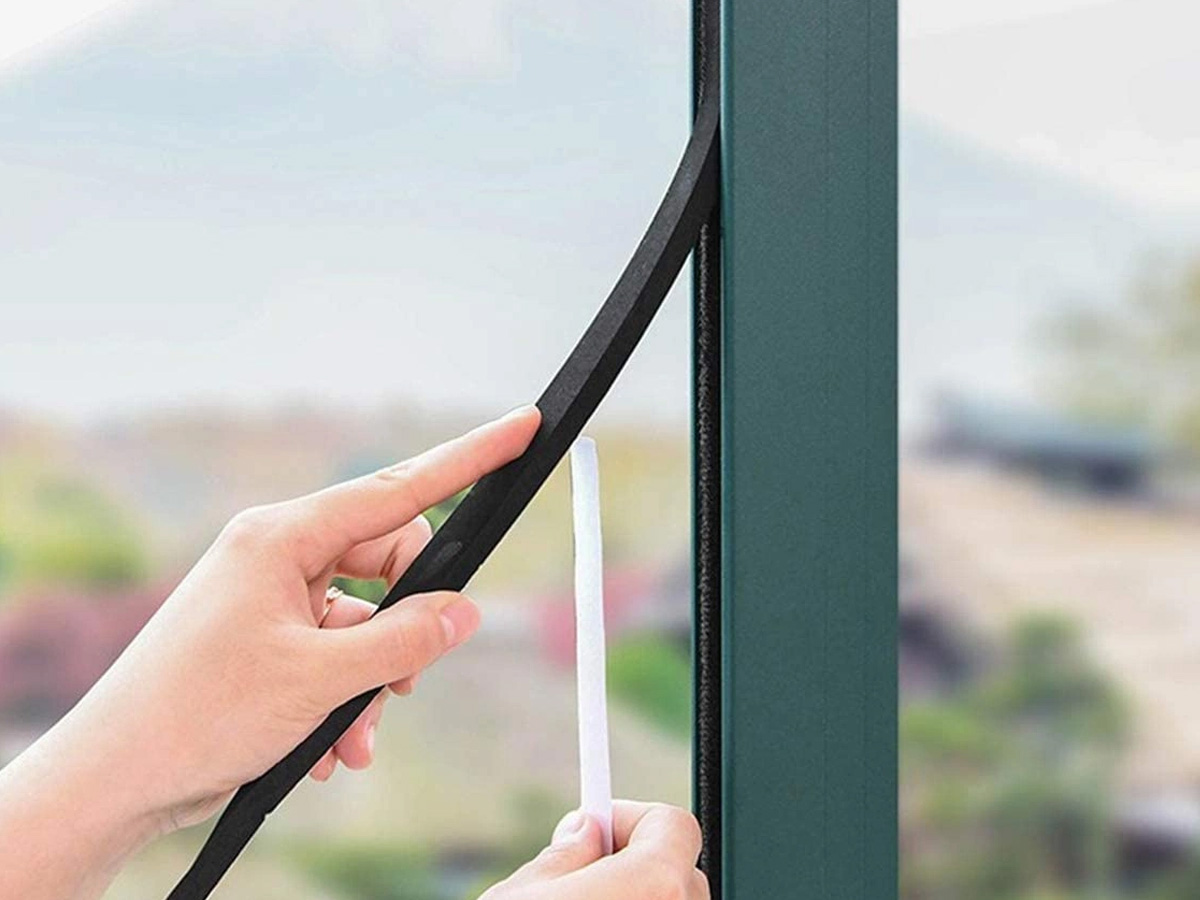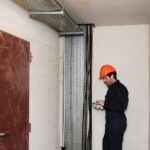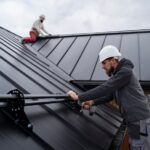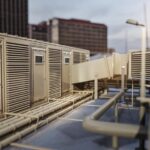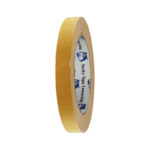Soundproofing is essential for many environments, whether for a home office, a recording studio, or simply reducing noise from a busy street. Choosing the right materials is crucial for effective sound isolation. Let’s understand the different types of soundproofing materials available and how to choose the best ones for your needs.
Understanding Sound dampening.
What is Sound dampening?
Sound dampening involves reducing the sound pressure between a noise source and a receiver. This can be achieved by using materials that absorb, block, or dampen sound waves. The goal is to create an environment where noise is minimised, providing peace.
Why is Soundproofing Important?
Effective soundproofing can improve the quality of life by reducing unwanted noise, enhancing privacy, and creating a more comfortable and productive environment. It’s essential in settings such as:
- Residential areas close to busy roads or noisy neighbours.
- Office spaces where concentration is key.
- Recording studios where sound quality plays an important role being a paramount.
- Industrial areas to protect workers from noise pollution.
Key Considerations for Choosing Soundproofing Materials
Acoustic Performance
The primary consideration is how well a material can reduce or block sound. Materials are rated by their Sound Transmission Class (STC) and Noise Reduction Coefficient (NRC).
- STC measures how well a material blocks The primary consideration is how well a material can reduce or block sound. Materials are rated by their Sound Transmission Class (STC) and Noise Reduction Coefficient (NRC).
- NRC measures how well a material absorbs sound. Higher NRC values indicate better absorption, reducing echoes and reverberation.
Material Durability
When investing in noise insulation, it’s essential to consider the longevity and durability of the materials. Since sound isolation is often a long-term investment, selecting materials that can withstand wear and tear over time is crucial. Durable materials ensure sustained performance, reducing the need for frequent replacements and maintenance, thereby providing a more cost-effective and reliable solution for maintaining a quiet environment.
Installation Process
The ease of installation is a critical factor to consider when selecting noise insulation materials. The complexity of installation can vary widely; some materials necessitate professional installation due to their technical requirements or the precision needed for optimal performance. Others are designed for simplicity and can be easily installed by DIY enthusiasts with basic tools and skills. Before making a choice, carefully assess your skills and the resources at your disposal. Opting for a material that aligns with your installation capabilities can save time, reduce costs, and ensure that the sound isolation is both effective and efficient.
Cost
Budget is always a factor. Balance the cost of materials with their effectiveness. Sometimes, investing a bit more upfront can save money in the long run by providing better sound insulation and requiring less maintenance.
Popular Soundproofing Materials
- Mass Loaded Vinyl (MLV)
MLV is a dense, flexible material that provides excellent sound attenuation. It’s commonly used in walls, floors, and ceilings. MLV is effective due to its high mass, which helps block sound waves. It’s relatively easy to install and can be cut to fit specific areas.
- Acoustic Panels
Acoustic panels are made from foam or fibreglass and are designed to absorb sound. They are often used in recording studios and home theatres to reduce echoes and improve sound quality. Acoustic panels are available in various sizes, colours, and designs, making them a versatile option for different aesthetic preferences. - Fibreglass Insulation
Fibreglass dampening is a common sound insulation material used in walls and ceilings. It provides good sound absorption and is also effective for thermal insulation. However, it requires careful installation to avoid gaps that could allow sound to pass through. - Effective Sealants for Sound Absorbing Gaps and Joints
PVC nitrile foam tape is an excellent choice for sealing gaps and joints to prevent sound leakage. It combines the durability of PVC with the flexibility of nitrile, providing a reliable and easy-to-use solution for various soundproofing applications. This is particularly useful for doors, windows, and other areas where sound might escape through small openings.
- Green Blue
Green Glue is a damping compound used between layers of drywall or other building materials. It’s effective in reducing sound transmission and is relatively easy to apply. Green Glue works by converting sound energy into a small amount of heat, which dissipates the noise.
- Acoustic Sealants
They are used to fill gaps and cracks where sound can leak through. They remain flexible over time and are effective in sealing joints between walls, floors, and ceilings. Using an acoustic sealant can significantly improve the overall effectiveness of your sound insulating efforts. - Versatile Adhesive Solutions for Applications
Two-sided foam tape is a versatile adhesive material used for mounting acoustic panels and other soundproofing materials. It provides strong adhesion while also offering some degree of sound absorption. This is ideal for temporary or adjustable installations where you might need to move or replace sound insulating materials.
Tips For Effective SoundProofing.
- Identify Noise Sources
Before starting any sound insulating project, identify the primary sources of noise. This will help you target your efforts more effectively and choose the best materials for your specific situation.
- Use Combination of Materials
Using a combination of sound absorbing materials can enhance the overall effectiveness. For example, combining mass loaded vinyl with acoustic panels and sealants can provide both sound blocking and absorption, addressing different aspects of noise reduction.
- Pay Attention to Details
Small gaps and cracks can significantly reduce the effectiveness of your sound absorption efforts. Ensure all potential sound leaks are sealed with appropriate materials like acoustic sealants and foam tapes.
- Consider Professional Help
For complex soundproofing projects, especially in commercial or industrial settings, consider consulting a professional. They can provide expert advice and ensure the materials are installed correctly for maximum effectiveness.
Ready to Get Started with Soundproofing?
Explore our wide range of soundproofing materials at My Tape Store. Any kind of high-quality product you need, we have everything you need to create a quieter, more comfortable environment. Visit our online store today and take the first step towards effective sound isolation!

